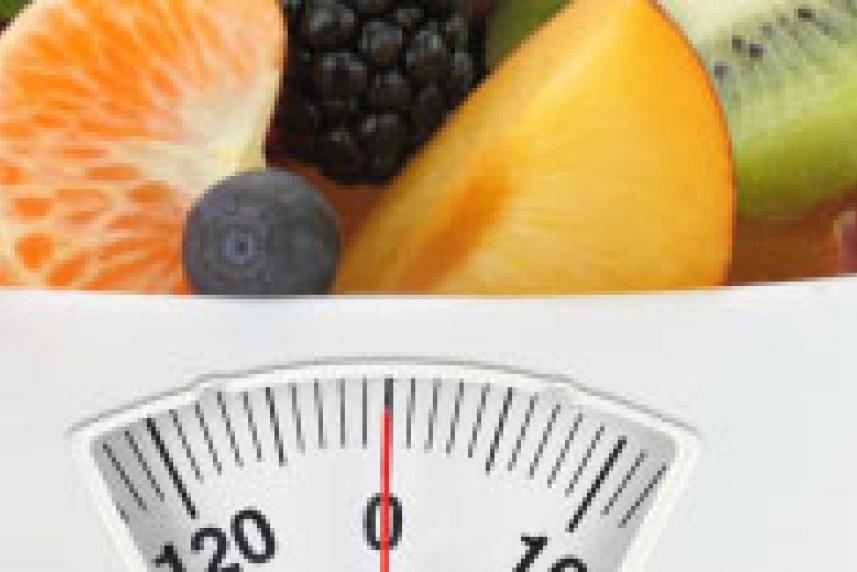The portion control tool you're missing
Three ways a food scale can help you eat less

Even if your diet is 90% healthy foods, if you’re eating 190% of the calories your body needs you won’t get anywhere with weight loss. Fortunately, a kitchen scale can help, and basic models can be affordable. If you’re looking for additional functionality, you can find that too. Some of the high-tech food scales, not only weigh your food but tell you if it’s on target for your body’s nutritional needs, based on the USDA’s guidelines for carbs, fat, and protein. “This could be helpful to get a sense which nutrients you are eating a lot of (e.g., saturated fat) and which you are not getting enough of (e.g., certain vitamins and minerals),” says Lilli B. Link, MD, a New York City–based internist specializing in nutrition. “And then with that feedback, adjust your diet.”
But even the most basic model can help you put your portions into perspective. “Food scales can also be helpful for people who have difficulty estimating what a normal portion is,” Dr. Link says. And who doesn’t, with restaurants serving portions fit for the Green Giant—of everything but vegetables? Maybe you’ve tried to reign in your portions before and not had much luck. Even if you read the labels and do your best, some foods present particular challenges that a food scale can help with.
- Unclear Suggested Portion Sizes
“Most people are aware of the Nutrition Facts Panel on packaged foods to find out the serving size and calories and nutrients per portion, however, some serving sizes are not given in the most user-friendly way,” says Jessica Fishman Levinson, MS, RDN, CDN. “For example, the serving size on a bag of chips is often 1 ounce. Sometimes it will show the number of chips per serving in parentheses next to that, but often there is not. The best way to know for sure how many servings you are having is to weigh the food out on a food scale.” You may find your “ounce” looks a lot bigger than the scale’s. - Easy-to-Overdo Foods
With some foods, we’re so accustomed to seeing large portions that it can be hard to believe what’s right. “You want to weigh your meat to make sure it falls within the 3–5 ounce portion size that is generally recommended, rather than a 12–16 ounce steak!” Levinson says. “For certain foods, like cereal or snack foods like chips and popcorn, I recommend weighing the food until you become familiar enough with it to eyeball the portion without measuring it.” - The 10% Foods
The not-so-healthy foods that make up the rest of your diet aren’t a problem as long as they don’t inch over the healthy indulgence line. “Your best bet for accuracy is to weigh the ingredient, rather than relying on a measurement in a measuring cup or measuring spoon,” Levinson says. That’s why some perfectionists also swear by measuring ingredients like flour with a food scale for baking. But it’s also a good idea for certain high-fat, high-calorie everyday foods like meat, cheese, nuts, or sweets.


